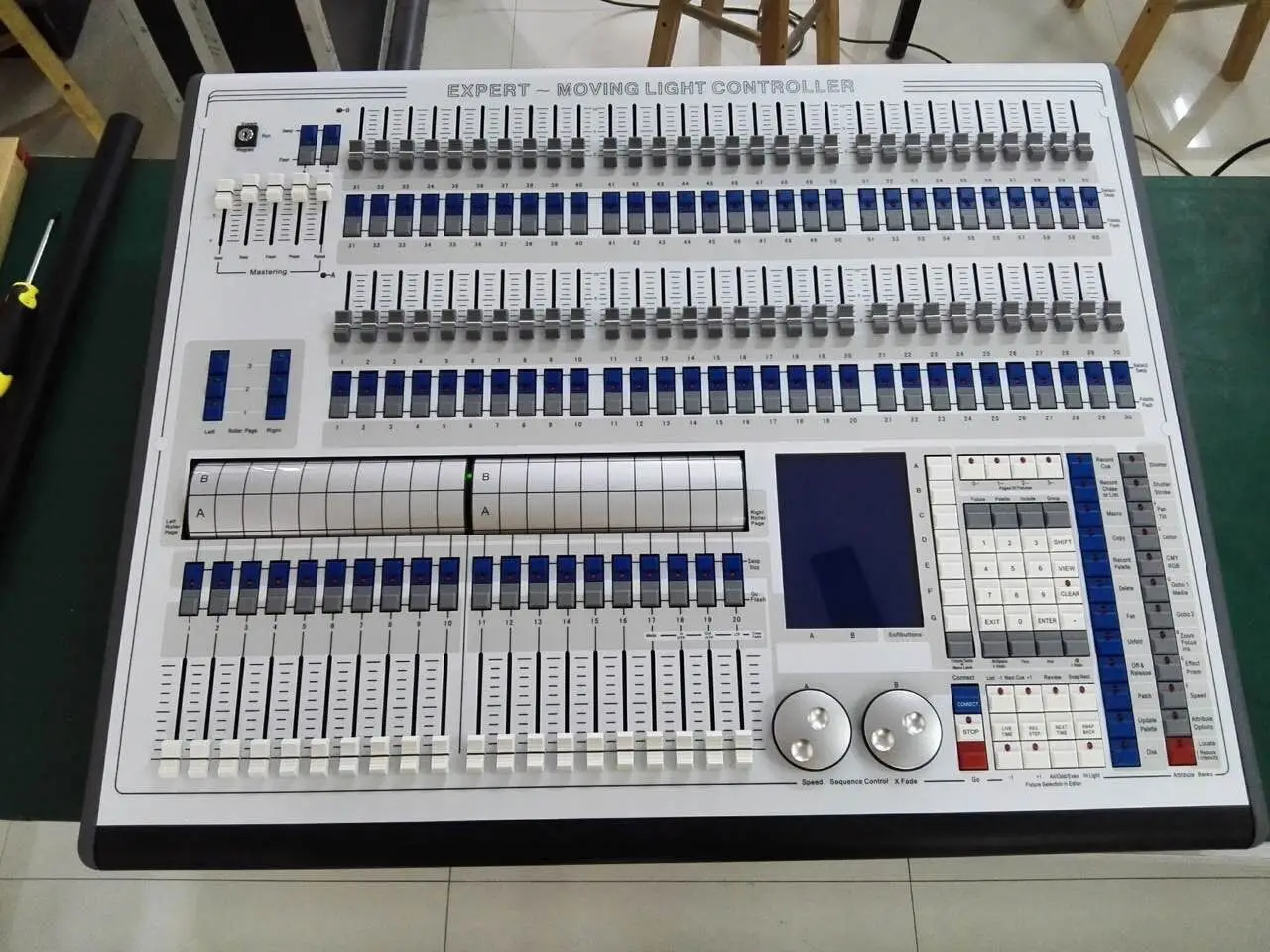

The d4 personality goes to C:\Program Files (x86)\Avolites\Titan\FixtureLibrary You may adjust the 120 if you think the real fixture goes slower or faster… Note the two mappings now refer to target values of 0.000000 120.000000 which, in the speed of a colour wheel, refer to 0 … 120 revolutions per minute. The whole colour wheel definition should now look like this: Finish by checking all ranges that each one starts immediately after the previous one ends.Ĩ.2 check for fundamental ranges (open/close/safe etc.)Īdd a new ChanRef section with Vismode Speed and those ranges (with appropriate values) Solve this by changing the first range to Mapping 0 16 RGB240,0,0. There is a gap in the DMX values between the first range Mapping 0 0 RGB240,0,0 and the second range Mapping 17 33 RGB0,240,0. In this example we find the colour wheel 1 definition like this: In our example the result looks like this:ĭMX ranges must be complete from 0 to 255 (8bit) or from 0 to 65535 (16bit) for the visualiser to work correctly.

VIS files to the folder Avolites\Visualiser\Extensions R20 files to the folder Avolites\Visualiser\Personalities and all. Here, as all five modes have references and are exported, 10 files will be created: Eventually, 2 files per mode will be created. Proceed with this until all modes have been processed. Here it again suggests the filename UKCMF121.R20 - however, the title bar tells that we have to change this to UKCMF122.R20. Change the filename for the one which refers to the reference of mode 2 (as suggested in the prompt's title bar): This time it really needs to be checked and corrected as it again suggests the name derived from mode 1. Again we get the prompt asking for the filename.
#Avolites titan pc suite fixture library visualiser pro
Here, I set the given name to FLAT PRO 12 m1. This needs to be done per mode - it's a good idea to use something like 'm1', 'm2' or such to distinguish the modes. Here, you need to comply - shorten the given fixture name as only 31 characters can be displayed in the visualiser. Usually I select No here as we will check and correct the vis file manually anyway. Note: Visualiser will require complete range to work correctly.

The channels assigned to wheels in this mode only utilise Next, depending from the d4 file some prompts may be shown, e.g. The next prompt asks where the file should be saved - usually we can just confirm this (the filename is created from our unique reference…): However, things usually don't go that smoothly. R20 file (like he classic pearl files) and a vis file which is the actual visualiser personality. For each mode, two files are created: an. Now, one by one, Personality Builder scans each mode. The next prompt asks if you want to create Visualiser files as well. Now let's Personality Builder do its magic to prepare the files – it will most likely need our help for this thoughįrom the File menu select Generate R20 Files… Then doubleclick the d4 file to open it in the Titan Personality Builder. │ Cameo_FLAT PRO 12 IP65 (CLPFLATPRO12IP65).d4 │ CLPFLATPRO12IP65_Cameo_DMX_Control_table.pdf │ CLPFLATPRO12IP65_Cameo_Bedienungsanleitung_EN_DE_FR_ES.pdf If you have found the correct d4 file copy it to \Avolites\Titan\FixtureLibrary in the folder structure. If you still don't find anything then request the personality for Titan or build it yourself (this might be explained on another day). If you don't find what you need then search at or for the correct filename. Luckily they usually have verbose file names - have a look in the personality folder (with the PC suite installed it is C:\Program Files (x86)\Avolites\Titan\FixtureLibrary). We assume that a d4 personality for your fixture already exists.


 0 kommentar(er)
0 kommentar(er)
